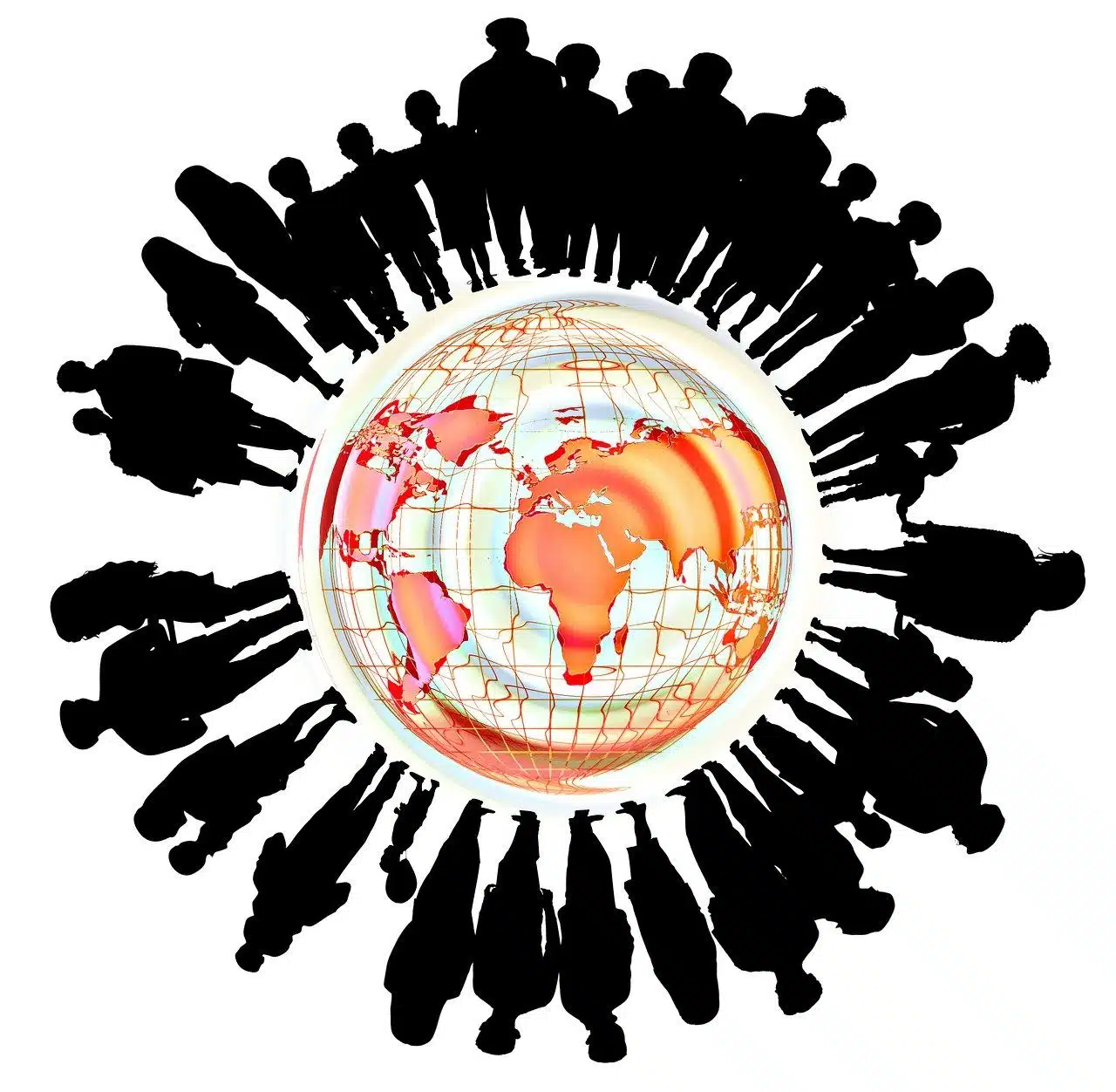
According to demographics, the world population exceeds 8 billion people.
Demography is the analysis of human communities based on statistics . The concept comes from a compound Greek word that can be translated as “description of the people.” This discipline studies the size, stratification and development of a community , from a quantitative perspective .
For demographics, the population is a set of people linked by reproductive ties that can be identified by cultural, social, geographic, political or other characteristics. The population, therefore, has continuity over time, although it is not eternal.
From this definition, we can understand that demography is the social science that is responsible for analyzing the processes that determine the creation, maintenance and eventual disappearance of populations. Notions such as fertility , migration (both emigration and immigration ) and mortality are key to demography, since they determine the structure of each population.
Origin of demographics
The Arab statesman and sociologist Ibn Khaldun ( 1332 – 1406 ) is considered the pioneer in the field of demography. He was the one who began collecting statistical information to study populations and generate new data from these statistics.
The British John Graunt ( 1620 – 1674 ) and Thomas Malthus ( 1766 – 1834 ) also made great contributions to the development of demography.
Birth and mortality rates and migratory movements
The birth rate , the mortality rate and population movements are part of the basic studies of demography, whose work is very important for the development of State policies .
From demographic data, for example, you can find out what the main public health problems are or which regions of a country are economically relegated.
Let's take the case of the migratory balance . If more inhabitants emigrate from a community than arrive through immigration , it is likely that population density will decrease, although other factors must be considered.
Demography also provides valuable data on geographic distribution, capable of revealing overpopulation or depopulation in certain regions.

Demographic studies help to understand the family structure of households.
Types of demographics
Within this social science there are various branches. Among them are the following: general demographics (investigates the theories that exist around demographics and the research methodologies used); geographic demographics (check the mobility of populations: migrations, new settlements, etc.); historical demography (studies issues related to fertility, mortality rate and migrations that occur within a group); fertility study (which is responsible for analyzing birth and marriage rates and the fertility rate of the population); and study of mortality (analyzes the mortality rate of a group in general and the causes and age of deaths in particular, determining life expectancy and attempting to relate the various variables).
To carry out demographic studies , various censuses are carried out that aim to extract relevant information about the state of the population being studied: the number of occupied homes, the number of people living in each one, their diseases, deaths that occurred in the last year in each family, migrations , etc.
The results of these analyzes not only allow us to know the current size of the population, but also the risks to which they are exposed , and can help find solutions or prevent lethal consequences such as plagues, famines or accidents.

Demography allows us to analyze infant mortality and take measures for its prevention.
The population pyramid
Demography allows the creation of a population pyramid . This graph shows, through bars, the number of individuals by sex and age.
In this way, this representation helps to visualize demographic growth by age groups. At the same time, it contributes to inferring information about the economically active population and the inactive population, serves to examine the aging rate and makes it possible to know the distribution by sex, among other variables.
Demographic study methods
There are two main types of study methods within this social science:
- Composite method : It involves combining different study techniques that allow us to reach an approximate conclusion of the conditions in which the studied population finds itself. One of these techniques can be, for example, observing school enrollment . Researchers can have an approximate notion of the changes that the population has undergone from one year to the next in the school-age group sector; In this way they could know the number of minor inhabitants there are and verify the migrations that the population has suffered in the last year of school-age young people.
- Statistical methods : They are the most exact because they are carried out by obtaining specific data collected from censuses. Through statistical theories, the changes indicated in the census results can be related and information can be obtained about the conditions in which the population is found at the time of carrying out said analysis.
